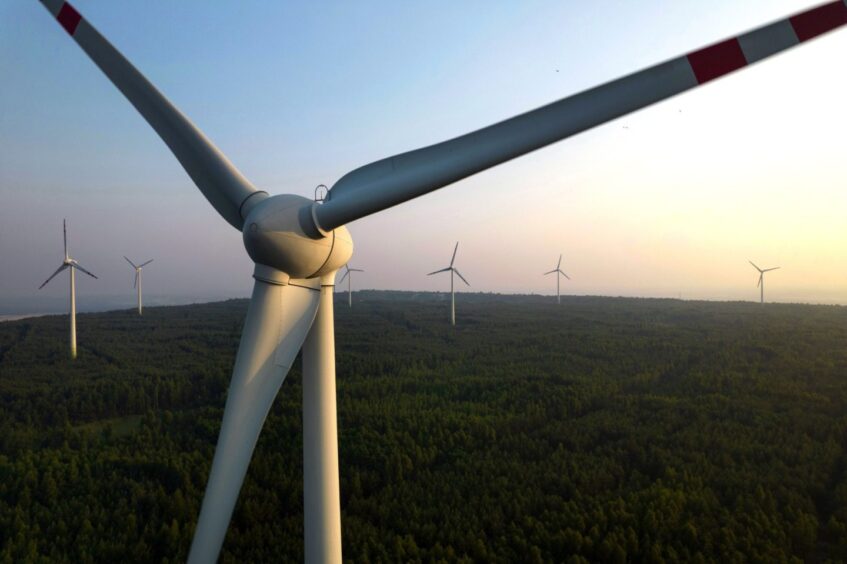
The European Union will need to capture emissions equivalent to those of Poland and Denmark combined to reach its ambitious climate targets, according to bloc estimates.
By 2050, as much as 450 million tons of carbon dioxide a year will need to be captured, according to a blueprint drafted by the European Commission. For comparison, global carbon capture and storage capacity — the most advanced method of trapped and using emission — was just 50 million tons in 2022, according to BloombergNEF.
The green shift in the 27-nation bloc, which is already legally bound to reduce greenhouse gases by 55% this decade, will affect every corner of the economy, requiring more sustainable consumer lifestyles and more effort from businesses and agriculture. To reach climate-neutrality by 2050, net emissions should fall at least 90% from 1990 levels by 2040, according to recommendations from its scientific advisory board.
“Reaching economy-wide climate neutrality by 2050 will require carbon removals to counter-balance residual emissions from hard-to-abate sectors within the EU at the latest by 2050 and to achieve negative emissions thereafter,” the commission said in the draft industrial carbon management strategy seen by Bloomberg News.
The document is set to be published on Feb. 6 along with a roadmap for an intermediate 2040 climate target under the sweeping Green Deal net-zero strategy. It may still be amended before adoption by the commission. The EU’s executive arm has a policy of not commenting on drafts.
The bloc’s power sector would capture more than 100 million tons of fossil and biogenic carbon dioxide per year in 2050, according to the blueprint. In addition, 100 million to 200 million tons of CO2 would need to be captured directly from the atmosphere to generate removal credits and provide “climate neutral” carbon for different applications.
Total EU greenhouse gas emissions reached 3.47 billion tons in 2021, according to European Environment Agency data. Germany was the biggest polluter, with 760.4 million tons, while Poland spewed out 400 million tons and Denmark 43.9 million tons.
In the coming decades, the commission expects industrial carbon management to be based on three pathways: removal from the atmosphere, capture for storage, and capture for use in synthetic products or fuels. To create a single market, the EU’s executive arm wants to introduce more ambitious and coordinated policies at national level and strategic infrastructure planning at bloc level.
The technological solutions to capture CO2 are available, but need to be deployed at industrial scale, according to the commission.
“Theoretical geological storage possibilities have been mapped in many member states, but these sites now need be turned into bankable CO2 storage capacities,” it said in the draft. “This requires not only investments, but also a broad public understanding that storing CO2 underground can be a reliable climate solution and a profitable business case. It also requires CO2 transport infrastructure to be put in place.”
Recommended for you

 © Shutterstock / wewi-creative
© Shutterstock / wewi-creative